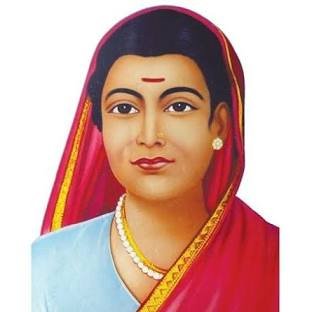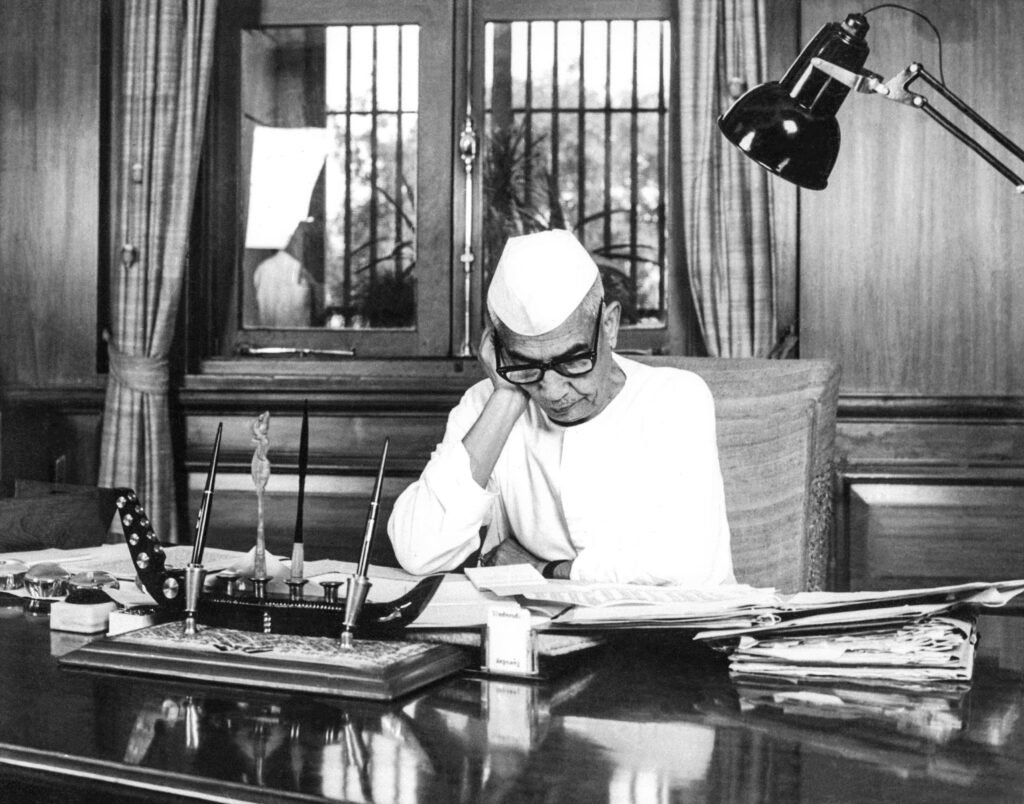Introduction
Savitri Bai Phule, an indomitable social reformer and the first female teacher in India, played a pivotal role in the education of women, especially those from marginalized communities. Her contributions to social reform in 19th-century India, particularly in the fields of women’s education and the abolition of untouchability, were revolutionary. Her relentless efforts, despite facing severe opposition from conservative sections of society, made her a beacon of hope for the oppressed and underprivileged.

Table of Contents
This blog delves into the life of Savitri bai Phule, detailing her early struggles, her transformative work in education, and the fierce opposition she faced from the Brahminical system. It also includes references to records kept by the British, who, while often critical of the traditional social structure, also played a role in documenting the Phule family’s revolutionary work.
1. Early Life of Savitribai Phule
Born on January 3, 1831, in Naigaon, Maharashtra, Savitribai was from a poor family belonging to the Mali (gardener) caste. At a time when most girls were denied education, Savitri bai phule’s parents, especially her father, supported her education. This progressive mindset was rare and remarkable for the time, as the prevailing social norms dictated that girls, especially from lower castes, should stay within the confines of the home.

She married Jyotirao Phule at the age of nine, and together they would become central figures in India’s social reform movement. Jyotirao, a visionary social reformer, was deeply committed to fighting the caste system, advocating for women’s rights, and promoting education for all, regardless of caste or gender. It was in this progressive atmosphere that Savitri bai phule began her journey of social activism.
2. Savitri bai Phule’s Role in Women’s Education
Savitri bai phule’s most significant contribution was her pioneering work in the field of education, particularly the education of girls. In 1848, she became the first female teacher in India when she opened the first school for girls in Pune, with the help of her husband, Jyotirao.
However, her path was far from easy. In a deeply patriarchal society, where education for women was seen as unnecessary and even subversive, Savitri bai phule faced immense challenges. Yet, she continued her work undeterred, teaching girls of various castes and classes at the school.
Her resolve to educate girls and break traditional gender roles was seen as a direct threat to the existing social order. Consequently, she became the target of severe societal backlash.
3. Opposition from the Brahminical System
The Brahminical system, which was a core part of the caste-based hierarchy, viewed Savitri bai Phule’s work as a direct challenge to its authority. In a society dominated by Brahminical values, where caste and gender determined one’s place in society, her actions were seen as subversive and rebellious.
The opposition came not only from conservative Brahmins but also from local priests and other members of the upper caste. The most disturbing aspect of this opposition was the physical abuse that Savitribai had to endure. The Brahminical system, in an attempt to silence her, subjected her to extreme forms of social ostracism and violence.
It is documented that Savitri bai phlue was pelted with mud, dung, and even filth as she made her way to the school. This was not an isolated incident but part of the ongoing campaign of intimidation that the Phules faced from those who were threatened by their progressive ideals. The Brahmins, especially, could not bear the idea of a woman from a lower caste defying societal norms by becoming an educator, and thus subjected her to public humiliation and harassment.
In an era where women were expected to be submissive and confined to the domestic sphere, Savitribai’s courage to step out and educate girls was seen as a defiance of the divine order in the eyes of the Brahminical community.
4. British Records on Savitribai Phule’s Contributions
Interestingly, British colonial records also acknowledge the contributions of Savitribai Phule and Jyotirao Phule, albeit often through a lens that viewed their efforts within the context of the colonial education system. While the British were primarily focused on promoting English education and their administrative machinery, they did take note of the Phules’ educational initiatives.
British records, such as those found in the Proceedings of the Government of Bombay in the mid-19th century, indicate that the Savitribai were involved in educational reforms that went beyond the colonial agenda. They were instrumental in introducing education to the lower castes, something that the British had largely ignored. Their schools were inclusive, open to girls and Dalits, and designed to break the traditional caste barriers.
However, the British also viewed the Phules’ work with a degree of skepticism, as they feared the social reforms they were advocating for would lead to unrest. The British administration preferred to maintain the status quo, which meant supporting the upper caste and preserving the traditional hierarchy. Yet, despite this, the British records document the Phules as key figures in the history of Indian education, particularly in the context of girls’ education.
5. Establishment of the First Girls’ School
The first school for girls was set up in 1848 by Savitri bai phuley and Jyotirao Phule, a milestone that would change the educational landscape in India. This school was not only a space for girls to receive an education but also a platform to challenge the gender-based restrictions imposed on women.
Despite the brutal opposition they faced, including public abuse and threats of violence, the Phules persisted in their mission. Savitri bai phuley continued to teach at the school and ensured that the girls received an education that included not only reading and writing but also subjects that were traditionally reserved for boys, such as science, mathematics, and social studies.
The Savitribai’ efforts to educate girls were seen as an attempt to undermine the caste-based social order, and they became targets of violent protests from Brahminical groups who feared the loss of their social supremacy.
6. The Phule Family’s Role in Social Reform
While Savitri bai phule is most well-known for her work in education, she and her husband were also instrumental in the larger social reform movement in India. They were among the first to advocate for the abolition of untouchability, the right to education for Dalits, and the importance of widow remarriage.
Together, they established the Satyashodhak Samaj in 1873, a reformist organization aimed at eliminating social discrimination, promoting education, and fighting for the rights of the lower castes. This was a significant step toward creating an egalitarian society where all individuals, regardless of caste or gender, would have the opportunity to lead a dignified life.
7. Savitribai Phule’s Legacy
Savitri Bai Phule’s legacy continues to inspire millions across the world. Her work not only contributed to the education of girls but also paved the way for social equality. She challenged deeply entrenched social norms and worked tirelessly to uplift the marginalized sections of society.
In recognition of her immense contributions, Savitribai Phule has been honored with statues, memorials, and schools named after her. In 1998, the Indian government erected a statue of Savitribai Phule in Pune, marking her contribution to women’s education. Various institutions have also dedicated awards, scholarships, and programs to further her vision.
8. Savitribai Phule’s Influence on Modern Education and Feminism
Savitri Bai Phule’s influence extends far beyond the 19th century. Her work in the education sector helped lay the foundation for the broader movement of women’s rights in India. Her commitment to girls’ education and the fight for equality is reflected in contemporary feminist movements in India and across the world.
Today, as India celebrates educational progress and women’s empowerment, Savitribai’s contributions remain a beacon of hope and inspiration. Her defiance of social conventions and the Brahminical system has paved the way for the education and empowerment of women in the country.
Conclusion
Savitri Bai Phule’s contributions to education and social reform cannot be overstated. Her efforts not only transformed the educational landscape in India but also challenged the deeply rooted caste and gender-based inequalities. Despite facing severe opposition from the Brahminical system, including physical violence and social ostracism, Savitribai Phule remained committed to her mission. Her courage, perseverance, and vision continue to inspire generations.
As we reflect on her work, we are reminded that the struggle for women’s education and social equality is ongoing. Savitribai Phule’s life serves as a powerful reminder of the importance of education, justice, and equality for all.
References:
- Phule, Jyotirao. The Phule-Ambedkar Debates: A Critical Study. 2nd ed. Pune: Maharashtra State Board of Literature, 2005.
- Ambedkar, B.R. Thoughts on Linguistic States. New Delhi: Dr. Ambedkar Foundation, 2008.
- Saran, Anjali. Savitribai Phule: A Revolutionary Icon of Women’s Education in India. New Delhi: National Book Trust, 2010.
- Patil, S.S. Social Reformers and Educational Progress in 19th Century India. Mumbai: Prabhat Prakashan, 2007.
- “Savitri Bai Phule: India’s First Female Teacher,” The Hindu, January 1, 2018.
- Gore, P.D. Women’s Education and Social Reform in 19th Century India. New Delhi: Vikas Publishing House, 2015.
- Proceedings of the Government of Bombay, 19th Century British Colonial Records.
- Kamat, Jyotsna. “The Phules and their Educational Reforms,” Journal of Indian Education, Vol. 38, 2002.


